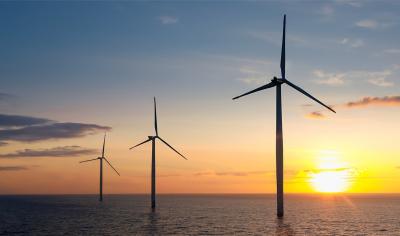
Decentralized Power Systems: The Future of Energy
The world of energy generation and distribution is undergoing a transformative shift, and at the forefront of this revolution are decentralized power systems. These innovative solutions are changing the way communities access and consume power, promising a more sustainable and resilient future for energy.
Decentralized power systems represent a departure from the traditional, centralized energy grid model that has been in place for decades. In a centralized system, large power plants produce electricity that is then transmitted over long distances through a complex network of transmission and distribution lines to reach end-users. However, this model comes with various inefficiencies and vulnerabilities, including transmission losses, energy wastage, and susceptibility to disruptions.
In contrast, decentralized power systems aim to bring energy generation closer to where it is needed. This is achieved through a variety of technologies, including rooftop solar panels, small-scale wind turbines, combined heat and power (CHP) systems, and energy storage solutions. These technologies empower individuals, communities, and businesses to generate their own energy, reducing reliance on centralized utilities.
The Significance of Decentralized Power Systems
- Sustainability and Environmental Benefits
One of the most significant advantages of decentralized power systems is their contribution to sustainability and environmental conservation. Renewable energy sources, such as solar and wind, are frequently used in these systems, reducing reliance on fossil fuels and minimizing greenhouse gas emissions. This transition to clean energy sources is vital in combating climate change and working towards a more sustainable future.
- Energy Resilience
Decentralized power systems enhance energy resilience by reducing dependence on a single, centralized power source. In times of natural disasters, grid failures, or other emergencies, localized energy generation can provide a reliable source of power. Microgrids, which are small, independent energy grids, are a key component of decentralized systems, ensuring energy security during crises.
- Economic Empowerment
Communities and individuals can benefit economically from decentralized power systems. Installing solar panels on rooftops, for example, can lead to energy cost savings and even revenue generation through the sale of excess energy back to the grid. This not only reduces electricity bills but also contributes to local economic development.

The Impact on Our Energy Landscape
Decentralized power systems are reshaping our energy landscape in significant ways. These systems are driving technological advancements, making cleaner energy solutions more accessible to communities and individuals.
Policy changes and incentives introduced by governments and regulatory bodies are further accelerating the adoption of decentralized power systems. These supportive measures are essential for achieving energy and climate goals.
Decentralized systems are also democratizing energy access. They empower people, regardless of their location or economic status, to take control of their energy production and consumption. This shift reduces energy poverty and encourages sustainable choices.
In sum, decentralized power systems are actively changing the way we generate, distribute, and consume energy. Their sustainability, resilience, and economic benefits are making them a vital component of the global energy landscape, paving the way for a cleaner and more accessible energy future.
Decentralized power systems are poised to play a pivotal role in shaping the future of energy generation and distribution. With their sustainability, resilience, and economic benefits, these systems represent a promising path towards a cleaner and more accessible energy future. As technology continues to advance and policies evolve to support these innovations, we can expect decentralized power systems to become a central pillar of the global energy landscape, fostering a more sustainable and resilient world for generations to come.
Source: From the Bottom Up: Designing a Decentralized Power System - NREL
